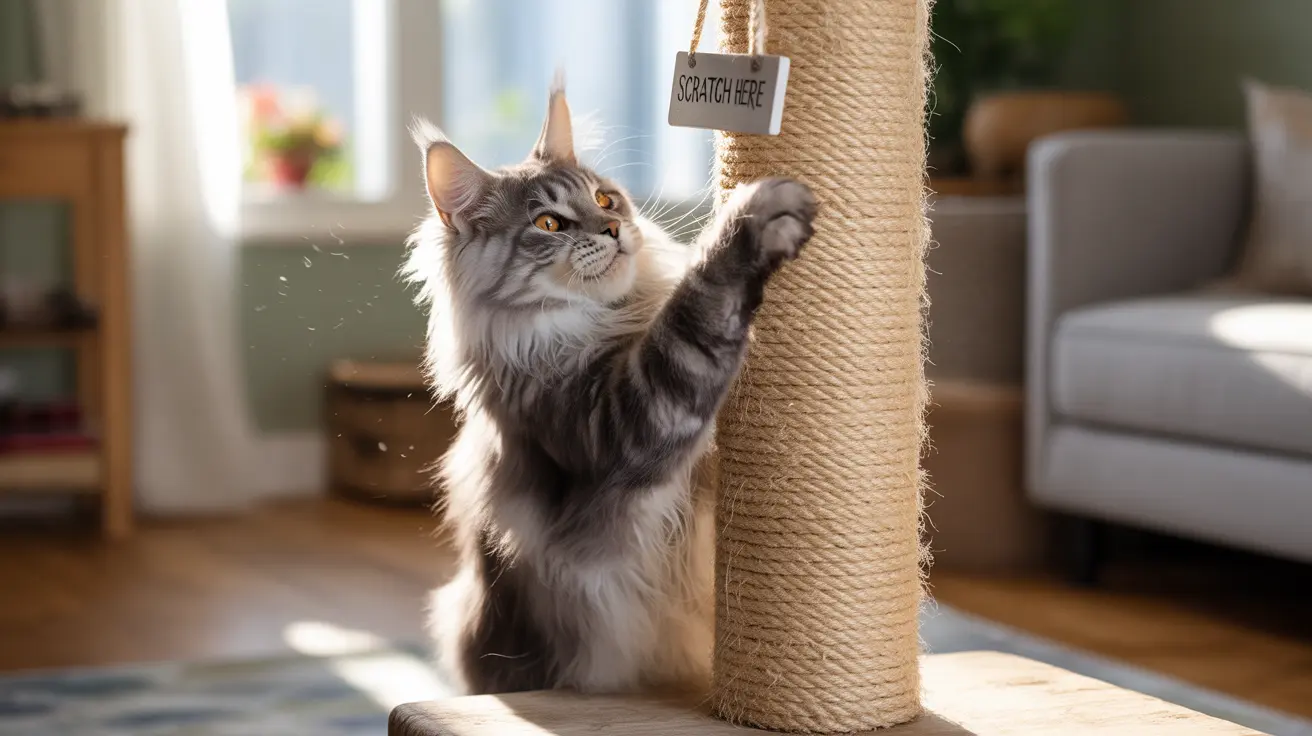Understanding Sisal Rope: Nature's Perfect Scratching Material
Sisal rope is crafted from the sturdy fibers of the agave plant, resulting in a tough, textured material that's perfectly suited to cats' natural scratching instincts. The rope's coarse texture provides the ideal resistance cats need for satisfying scratching sessions while helping maintain their claw health.
What makes sisal particularly special is its completely natural composition, making it safe for your pets and environmentally friendly. Unlike synthetic materials, sisal rope contains no harmful chemicals or artificial additives that could potentially harm your cat.
Benefits of Using Sisal Rope for Cat Trees
The advantages of using sisal rope extend far beyond its natural origins:
- Exceptional durability against regular scratching
- Non-toxic and safe for cats
- Helps maintain healthy claws
- Satisfies natural scratching instincts
- Reduces furniture damage
- Easy to replace when worn
Selecting the Right Sisal Rope
When choosing sisal rope for your cat tree, consider these key factors:
Rope Thickness
- ¼ inch: Ideal for most applications
- ⅜ inch: Good for larger posts
- ½ inch: Best for heavy-duty uses
Quality Considerations
Look for untreated, natural sisal rope without dyes or chemical treatments. The rope should feel firm and have consistent thickness throughout its length.
Installation Tips and Techniques
Proper installation ensures your sisal rope cat tree will last longer and remain safe for your pet:
- Clean and prepare the surface
- Start from the bottom and work up
- Maintain consistent tension while wrapping
- Secure ends properly with non-toxic adhesive
- Double-wrap areas of heavy use
Maintenance and Longevity
Regular maintenance can significantly extend the life of your sisal rope cat tree:
- Inspect regularly for wear and tear
- Vacuum occasionally to remove loose fibers
- Trim any loose strands
- Replace sections as needed
- Keep away from moisture
Frequently Asked Questions
What makes sisal rope an ideal material for cat scratching posts?
Sisal rope is ideal because it's naturally durable, provides excellent texture for scratching, and helps maintain healthy claws. Its coarse fibers satisfy cats' scratching instincts while being completely safe and non-toxic.
How do I calculate how much sisal rope is needed to wrap a cat tree post?
Multiply the post's circumference by its height and then multiply by 2 for ¼-inch rope or 2.67 for ⅜-inch rope. Add 10% extra for overlap and potential mistakes during installation.
What are the differences between sisal rope and sisal fabric for cat scratchers?
Sisal rope offers a more textured, three-dimensional surface with defined ridges, while sisal fabric provides a flatter, more uniform scratching surface. Rope is typically more durable but may fray over time, whereas fabric tends to wear more evenly.
How often should I replace the sisal rope on my cat's scratching post?
Replace the sisal rope when you notice significant wear, fraying, or loose fibers - typically every 1-2 years depending on usage. Regular inspection will help determine when replacement is needed.
How can I safely install sisal rope on a DIY cat scratching post?
Start by securing the rope at the bottom with non-toxic glue or hidden staples. Wrap tightly and consistently, maintaining even tension throughout. Secure the end similarly to the beginning, ensuring no sharp edges or loose ends remain exposed.
By following these guidelines and maintaining your sisal rope cat tree properly, you'll provide your feline friend with a safe, durable, and satisfying scratching surface that can last for years to come.






